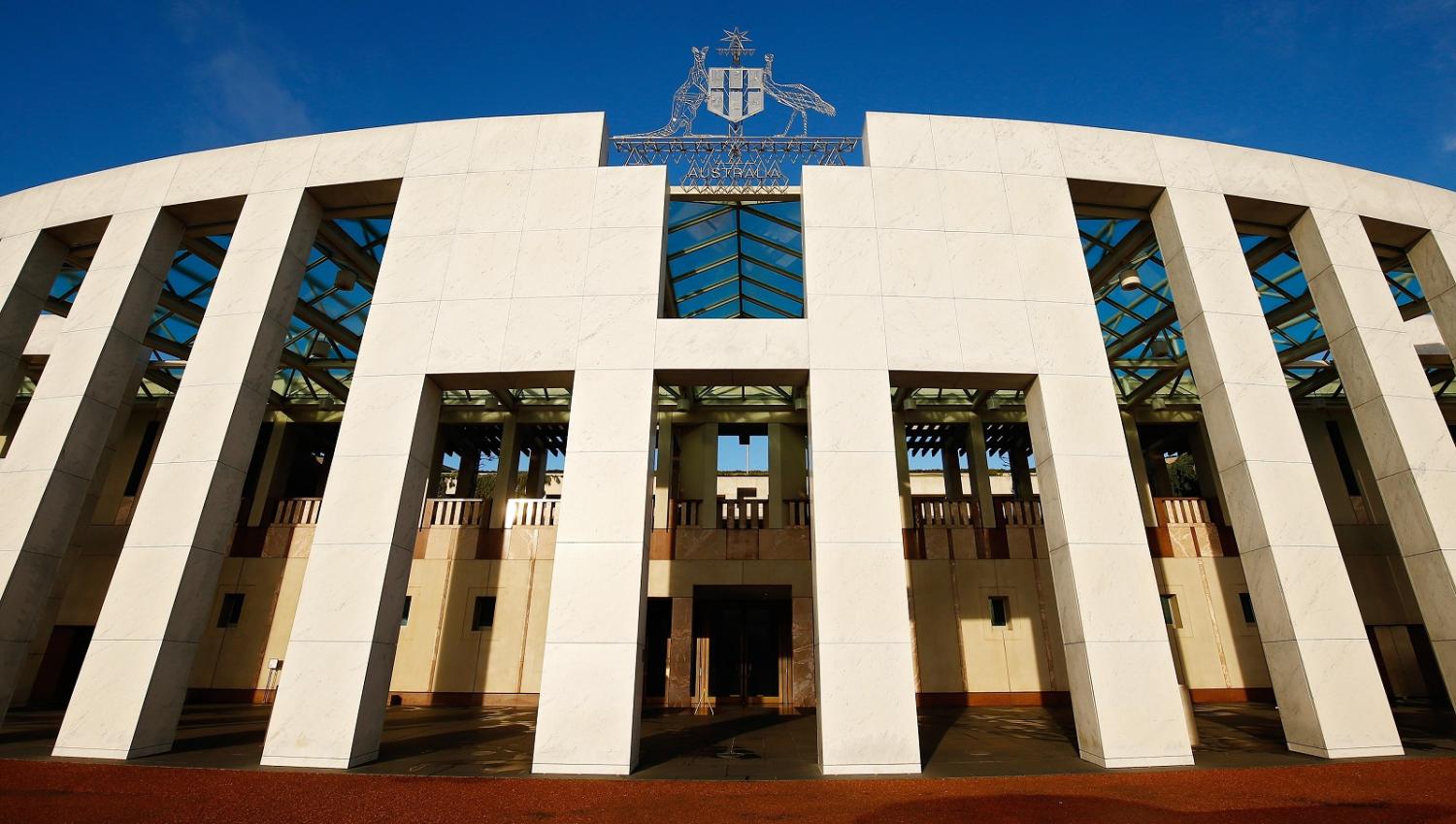While responses to Prime Minister Malcolm Turnbull’s announcement on 18 July about the creation in 2018 of a Home Affairs Ministry ranged widely, the fact is that the decision has been made. But the announcement was short on detail and unclear in some areas, and the challenge now is to understand how it will work.
Mr Turnbull foreshadowed that a lot of work would be needed between now and the cutover to these arrangements in mid-2018. He was right to describe the work as ‘complex’. Nor will it be without controversy. Decisions of the usual machinery-of-government kind about shuffling offices and functions from the Prime Minister’s Department to the Attorney-General’s and from Attorney-General’s to Home Affairs will provoke internal argument about budget and staff allocations, but will be simple by comparison with the governance issues that need to be addressed.
Particularly complex will be the task of defining the role of the proposed Department of Home Affairs and its relationship with the agencies involved - ASIO, the AFP, the Australian Criminal Intelligence Commission (ACIC), AusTRAC and the Australian Border Force (ABF) – and their respective leaders. Great care will be needed to ensure that the agencies retain their statutory independence; among statutory office holders, the oft-used word ‘coordinate’ excites nervousness, suggesting a risk of government direction that is anathema to their statutory independence. Whether the ABF Commissioner will remain in a ‘diarchy’ relationship with the Secretary of Home Affairs, as he now is with the Secretary of the Department of Immigration and Border Protection, is just one of the unknowns in all this.
The Prime Minister confirmed that 'the Attorney-General will retain his role in the issue of warrants and ministerial authorisations', but then said that in the course of the ‘design work’ for the new arrangements 'the Government will also review the role of the Attorney-General in the role in ASIO’s operations…(sic)'. It is not yet clear whether both the Attorney and the Home Affairs Minister would be required to sign-off on warrants for ASIO investigations and operations. If this were the case, ASIO would in reality become accountable to two Ministers, having to ensure that both are adequately briefed and are able to sign-off promptly on these frequently time-critical authorisations.
New or amending legislation will be required in these and a number of other areas, and will rightly be scrutinised closely by relevant parliamentary committees before they are voted on. Political goodwill and the much-needed bipartisanship are likely to be tested in a number of areas.
The Homeland and Border Security Review that I led for the Rudd Government in 2008 highlighted the importance of national security agencies being thoroughly well-connected through information and communication systems. The ability to communicate on classified systems in real time, and to share or have access to each other's data bases, is more important to their functioning as a community than the portfolio they live within. While not foreshadowed by the Prime Minister, it would be surprising if the opportunity were not taken during the forthcoming work to assess both the efficacy and ‘connectedness’ of these systems and their capacity, as they come together with the department, to resist cyber-attack.
The deficiency of detail on this range of issues apart, the terms in which the announcement was made also warrant attention. The Prime Minister and Ministers stressed, for instance, the ‘logic’ of bringing the agencies into one portfolio, accountable to one Minister. In fact, until the ABF was merged with Immigration in 2015, ASIO, the AFP, ACIC (in a different name) and the ABF (previously Customs) were in fact all together in one portfolio – the Attorney General’s. With these agencies following the ABF across to their new portfolio, the ‘logic’ so carefully foregone in 2015 will be restored.
The assertion by Attorney-General Brandis that his responsibility for the domestic security agencies was an 'anomaly', divested of which he will now be able to devote 'exclusive attention' to his role as First Law Officer, is itself interesting - though I can’t recall any previous Attorney-General complaining that their responsibility for the domestic security agencies was 'an unsatisfactory situation'.
Senator Brandis said as well that the new arrangements 'will ensure that we have within the Government … a minister who can give 100% of his time to and his attention to … both domestic national security and border protection'. The Home Affairs Minister will, however, remain responsible for other matters which, while related to border security, also have other policy imperatives. These include immigration and citizenship, which have been at the centre of Australian national policy for decades and may well become more demanding in the future; and border trade processing, an area which will remain significant not least as part of the of the Government’s wider trade facilitation agenda. It is unlikely that a prudent Government would want to see these responsibilities removed from Cabinet-level oversight or descend to the second echelon of the new Home Affairs portfolio.
The frequent references to the UK’s Home Office as a model are also intriguing. Nationalistic concerns about ‘aping’ other government’s structures aside, the fact is that, for constitutional and political reasons, national governments are not analogous. In this case, Australia for instance has States and Territories with significant criminal law and public safety responsibilities, the UK does not. And anyway – not to put too fine a point on it - there is no evidence that Britain’s national security arrangements are better than ours. The implicit conclusion is that the references to the UK model are intended to reassure those Australians who still tend to think British models are inherently superior, and perhaps to provide additional rationale for decisions that are in fact being made for other reasons.

